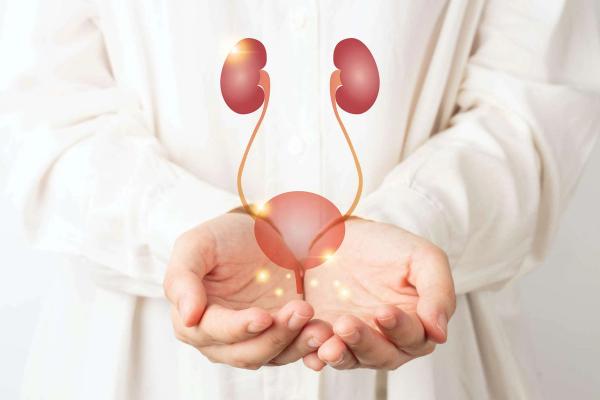Mr.Giangiacomo Ollandini, Consultant Urologist & Andrologist in London
With a special interest in General Urology, Andrology, Infertility, and Sexual Medicine, Mr.Ollandini brings extensive expertise and compassionate care to each patient.
5 Stars
Rated by patients independently verified




